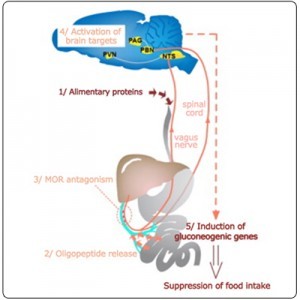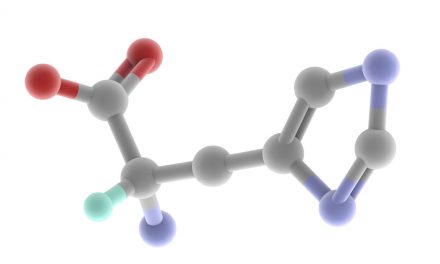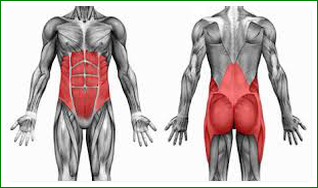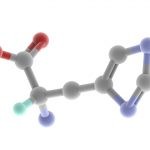Often recommended in weight loss diets, proteins have proven to have “appetite suppressant” effect. Gilles Mithieux, Director of Inserm Unit 855 “Nutrition and the brain” in Lyon, France researched what biological mechanisms are responsible for it. The researchers described in detail the chain reactions caused by the digestion of proteins that send a message of satiety to the brain, long after a meal. The results, published in the July 5, 2012 issue of a scientific publication called Cell, can help us to find new solutions in the treatment of obesity.
The team of researchers Inserm, CNRS and Lyon University explained that satiety is felt for several hours after a meal rich in protein because of the interaction between the brain and digestive system that is initiated by dietary protein found mainly in meat, fish, eggs and in some legumes.
In previous studies, researchers have shown that eating proteins triggers the intestines to produce glucose synthesis, long after digesting a meal. The glucose that is released in the blood stream is detected by the nervous system which sends the “appetite suppressant” signal to the brain. The organs will be fed by a process known as gluconeogenesis which sends a “satiety” message to the brain after meals.
With this new research, they came to precisely describe how the digestion of proteins causes a double chain reaction, including the stomach-intestinal nervous system (via the spinal cord and vagus nerve). This detailed exploration of the biological mechanism allowed the identification of specific receptors, located in the intestinal nervous system via the portal vein, at the end of the intestine.
These receptors are inhibited by the oligopeptides, created from digestion. First, the oligopeptides react on these receptors, which send a message, from the intestinal nervous system to the receptor zones in the brain. In a second step, the brain sends a message back to the intestinal tract. That message initiates the delivery of fullness to the part of the brain that controls the food intake—the hypothalamus.
The identification of these receptors and their role in the intestinal nervous system, allows us to consider new therapeutic approaches in the treatment of obesity. The challenge is to find how to use these receptors to regulate satiety. According to Mithieux, if these receptors are overly stimulated, they can become unresponsive. Therefore, we have to find the best way to “moderately” inhibit them, to keep their long-term beneficial effect in controlling food intake.












glad to be one of many visitors on this amazing website : D.
I’m extremely impressed together with your writing talents and also as} with the format for your weblog. Is this a paid subject or did you customize it your self? Either way keep up the nice high quality writing, it is rare to peer a nice weblog like this one today..|
Asking questions are actually nice thing if you are not understanding something completely, however this piece of writing provides nice understanding even.|
Marvelous Post.thanks for share..a lot more wait ..
I’m impressed, I should say. Truly rarely do I encounter a blog that is both educative and entertaining, and let me tell you, you might have hit the nail on the head. Your idea is outstanding; the problem is some thing that not enough people are speaking intelligently about. I am really happy that I stumbled across this in my search for some thing relating to this.